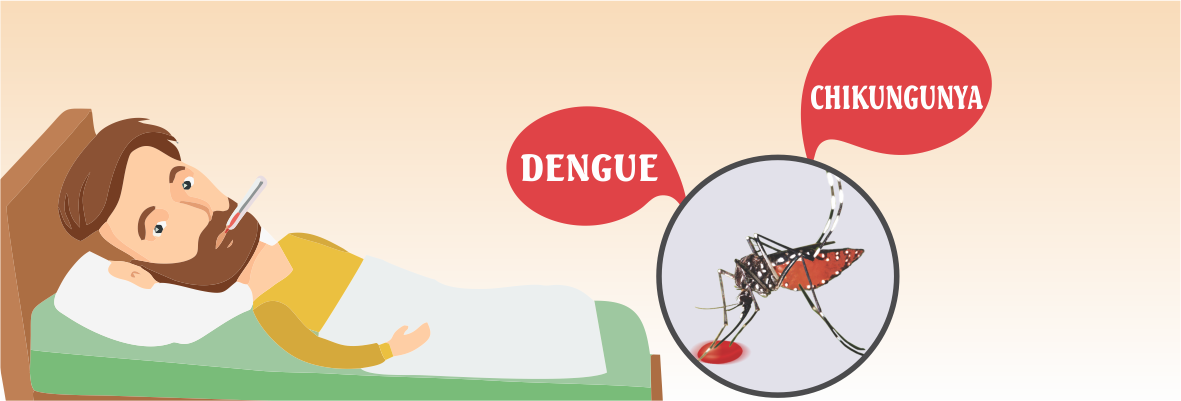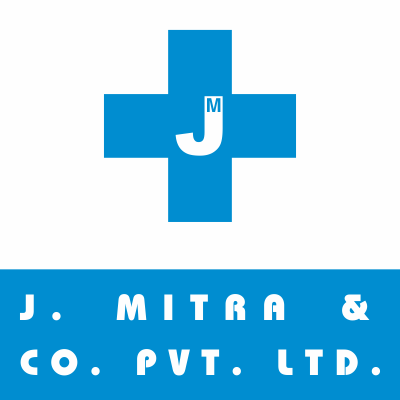Dengue and Chikungunya: Challenges in Diagnos
The Indian subcontinent is synonymous with tropical diseases, and the prevalence of Vector-Borne diseases, although seasonal, is most catastrophic. Mosquitoes have been on this planet for thousands of years, and to date, they are responsible for wreaking havoc among large spats of the Indian Population. The major viral diseases Dengue and Chikungunya are the ones that fall in this category. The discreet pattern of monsoons has disturbed the normal cycle of the mosquito. Also, as a result, it has altered epidemiology too. The diseases do arrive with the ascent of the rains. It does last until the end of December in the winter season. The symptoms for both illnesses are pretty similar, and they often mimic each other with an exception in the late stages and hence they pose a massive challenge for clinicians to detect the same in the early stages. As per the consensus of the medicos, simultaneous screening for both Dengue and Chikungunya should be conducted initially for the NS1 antigens and gradually to the Antibodies.
WHO guidelines say the ideal test for Dengue is, to check for NS1 and IgM, which is the early phase of the infection. The preference to test is in the febrile phase (5 days from onset of illness). However, in case of an outbreak, the sample should be tested for IgM on a specific ELISA for differential detection or on Rapid Cards. In the case of Chikungunya, NS1 should be tested in the early phase followed by IgM as it persists in the system for years. The testing is ideal for tracking and surveying the progression of infection and the developing immunity. While travelers are generally at high risk of disease, the household mass can always follow prevention methods like preventing mosquito bites during daytime, thermal fogging, applying repellants based on Picaridin, disposal of stagnant water, and use of mosquito nets.
J Mitra & Co. has been a leader in rapid tests and diagnostic solutions for the last five decades. It has addressed the constant changes in the diagnosis of vector-borne diseases by introducing Rapid Test Cards by using unique proteins and markers specific to the Indian Population, followed by ELISA kits and now Fluorescence Immunoassays. For routine testing, rapid cards like Dengue Day-1, Chikungunya cards are the most affordable kits available in the market. The Dengue and Chikungunya kits have been the trendsetter for the market, and their performance has challenged the higher platforms even for transient infections. The company has forayed in the FIA domain by indigenously manufacturing and developing (with the collaboration of IIT, Madras) Quanti Dengue Cards (for NS1, IgG, and IgM) are clinically at par with PCR tests.


